Yes a homogeneously dense breast on mammogram or ultrasound usually means that nothing is standing out suspiciously. This can make it hard to see small tumors in or around the dense tissue.
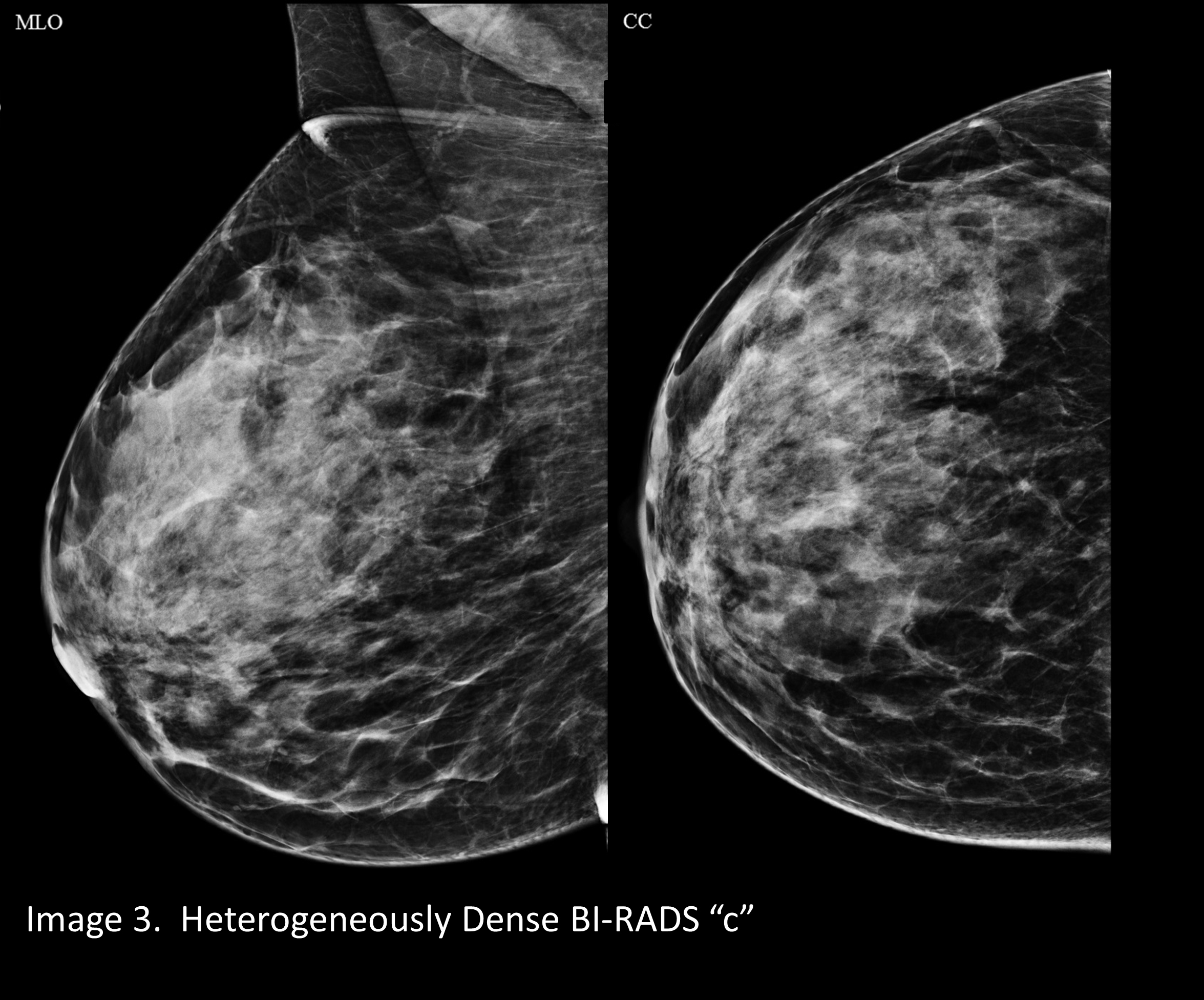 Your Patient Got A Dense Breast Notification With Her Mammogram Report What Are You Supposed To Do Christianacare News
Your Patient Got A Dense Breast Notification With Her Mammogram Report What Are You Supposed To Do Christianacare News
Breast density refers to the amount of fibrous and glandular tissue that appears on a womans mammogram.
Breast parenchyma is heterogeneously dense. Extremely dense indicates that nearly all of the breast tissue is dense. The parenchyma ranges from 51 to 75 of the breast tissue. In general women with breasts that are classified as heterogeneously dense or extremely dense are considered to have dense breasts.
This categorization system is designed to convey when mammographic sensitivity may be decreased 9. It occurs in 40 of women and while normal can make it more difficult to detect breast cancer on mammography. A more than usual density of breast parenchyma just means that mammograms might be a bit more difficult for doctors to interpret because the dense tissue sometimes looks like suspicious masses.
Breast density data was obtained in women attending routine mammographic screening from April 2013 to March 2015 using automated breast density assessment software. The Breast Density-Breast Cancer Connection In 1976 John Wolfe proposed a four-tiered classification of mammographic breast parenchymal patterns after he had noticed a strong association between parenchymal pattern and breast cancer risk. Breasts are classified as dense if they fall in the heterogeneously dense C or extremely dense D categories.
The breasts are heterogeneously dense which may obscure small masses or d. Heterogeneous means not the same. To assess patterns of parenchymal tissue on mammography in women with dense breasts and to determine how this varies with age and affects recall to assessment and cancer diagnosis.
The fibrous and glandular breast tissue seen on a mammogram is white. The breast tissue is heterogeneously dense which could obscure detection of small masses approximately 51 - 75 glandular 4. Heterogeneous means something contains many different items and has many different variations.
The breast consists mainly of fat N normal P1. Breasts are extremely dense which makes it hard to see tumors in the tissue. Heterogeneously dense breasts is a term used in mammography to describe breasts with a higher percentage of glandular and supportive tissue than fat.
Extremely dense heterogeneously dense scattered areas of fibroglandular density or. The ability of a mammogram to find cancer in this breast is compromised and the patient should be sent for a breast ultrasound or MRI in addition to an annual mammogram. The breast parenchyma is heterogenously dense.
Doctors in 147 specialties are here to answer your questions or offer you advice prescriptions and more. About 1 in 10 women has this result. The breast are extremely dense which lowers the sensitivity of mammography 9.
These estimates are for women in general though and they dont take other personal risk factors into account. For women who have heterogeneously dense breasts category C the risk of cancer is about 15 times that of a woman with scattered fibroglandular density category B. Wolfe assigned the mammograms to four parenchymal patterns N1 P1 P2 and Dy according to the distribution of fat and the prominence of the ducts.
This pattern includes fat as well as linear densities enlarged ducts occupying no more than 25 of the breast. About half of women undergoing mammograms have dense breasts. 1 Send thanks to the doctor 90000 US.
It is believed to be normal and passed on genetically. Breasts can be almost entirely fatty A have scattered areas of dense fibroglandular breast tissue B have many areas of glandular and connective tissue C or be extremely dense D. The more complex and generally denser the parenchyma the higher the risk of subsequent breast cancer.
There is a 12mm nodule in the upper inner quadrant of the right breast. The fatty tissue on a mammogram appears dark. Specialists term the breast tissue in type 3 as heterogeneously dense.
Many women are told they have dense breasts on their mammograms but most are not sure what that means. The patient below has heterogeneously dense breast tissue which means that more than half of the tissue in her breast is dense. The border appears well defined however is.
Breast parenchymal density refers to the prevalence of fibroglandular tissue in the breast as it appears on a mammogram. From most to least dense the terminology the radiologist uses may be. More than 25 of women have dense breast parenchyma with no higher risk of developing breast cancer.
More of the breast is made of dense glandular and fibrous tissue described as heterogeneously dense.
 Breast Density What Is It And What Does It Mean For Me Breast360 Org The American Society Of Breast Surgeons Foundation
Breast Density What Is It And What Does It Mean For Me Breast360 Org The American Society Of Breast Surgeons Foundation
For Patients Michigan Breast Density Notification
 Breast Density What Is It And What Does It Mean For Me Breast360 Org The American Society Of Breast Surgeons Foundation
Breast Density What Is It And What Does It Mean For Me Breast360 Org The American Society Of Breast Surgeons Foundation
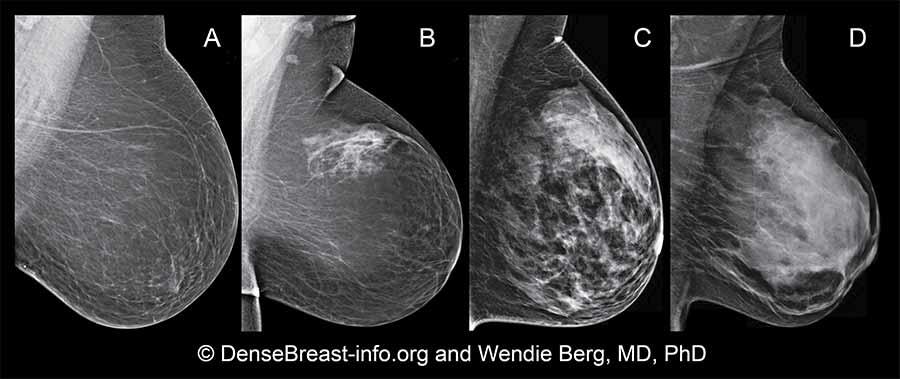 Dense Breasts Answers To Commonly Asked Questions National Cancer Institute
Dense Breasts Answers To Commonly Asked Questions National Cancer Institute
 Dense Breast Tissue And Breast Cancer Risk
Dense Breast Tissue And Breast Cancer Risk
 Mammographic Breast Density Measures A Parenchymal Patterns B Breast Download Scientific Diagram
Mammographic Breast Density Measures A Parenchymal Patterns B Breast Download Scientific Diagram
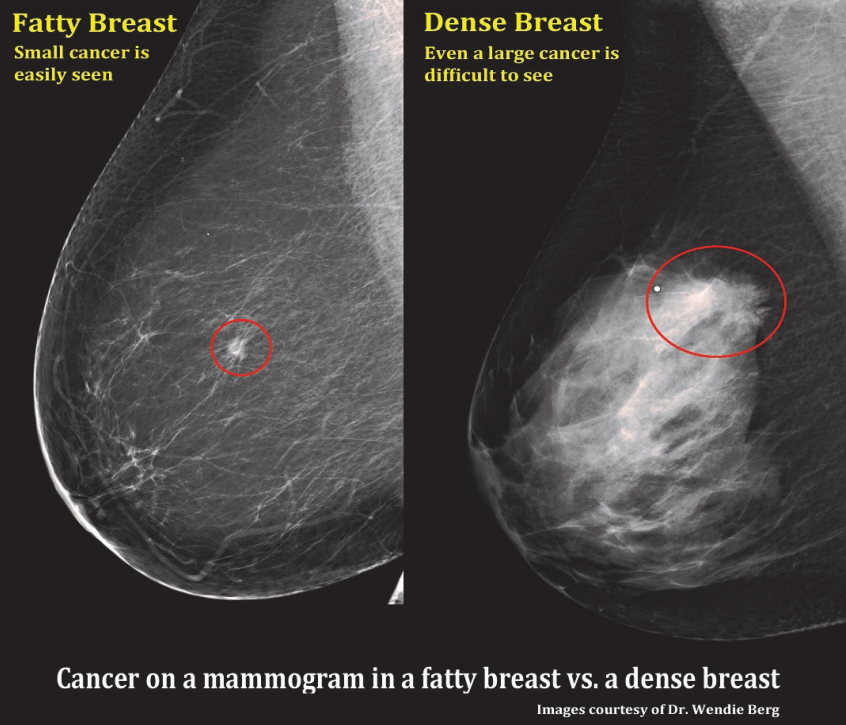 Fibroglandular Densities Mammographic Breast Density Itn
Fibroglandular Densities Mammographic Breast Density Itn
 The Four Breast Parenchymal Patterns Notes A Fatty B Scattered Download Scientific Diagram
The Four Breast Parenchymal Patterns Notes A Fatty B Scattered Download Scientific Diagram
 Homogeneously Dense Breast Tissue Radiology Case Radiopaedia Org
Homogeneously Dense Breast Tissue Radiology Case Radiopaedia Org
 Appearance Of The Breast Parenchyma In A 40 Year Old Woman A Download Scientific Diagram
Appearance Of The Breast Parenchyma In A 40 Year Old Woman A Download Scientific Diagram
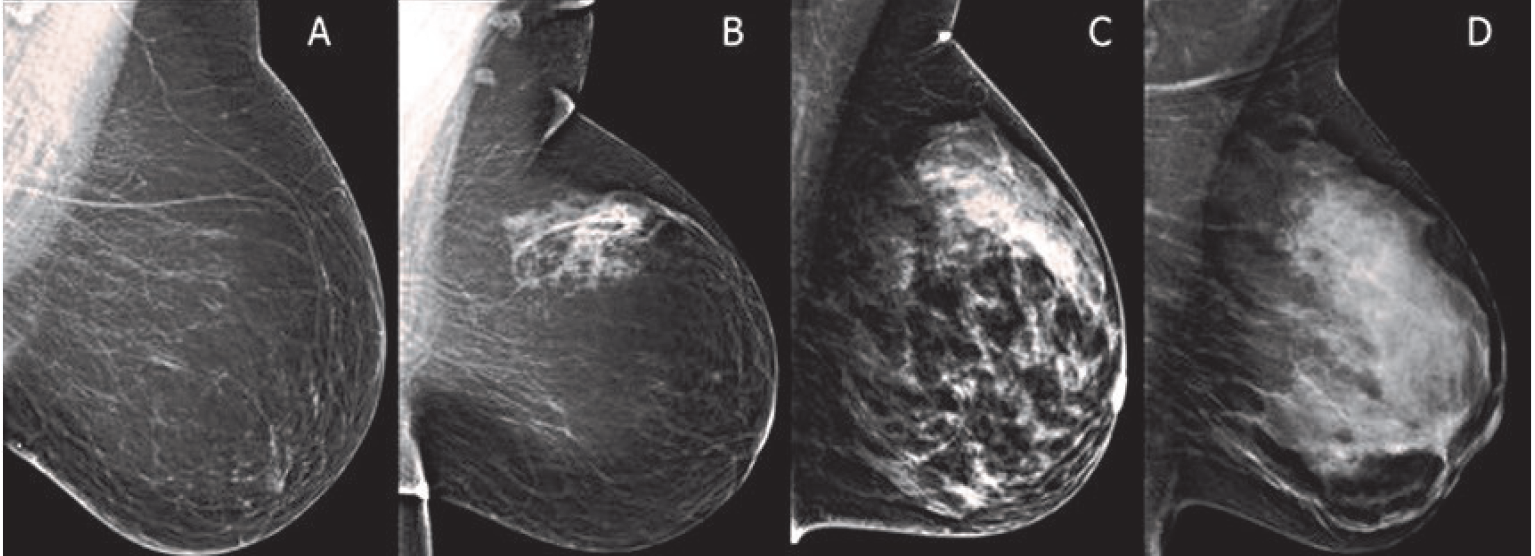 Fibroglandular Density What Every Woman Should Know
Fibroglandular Density What Every Woman Should Know
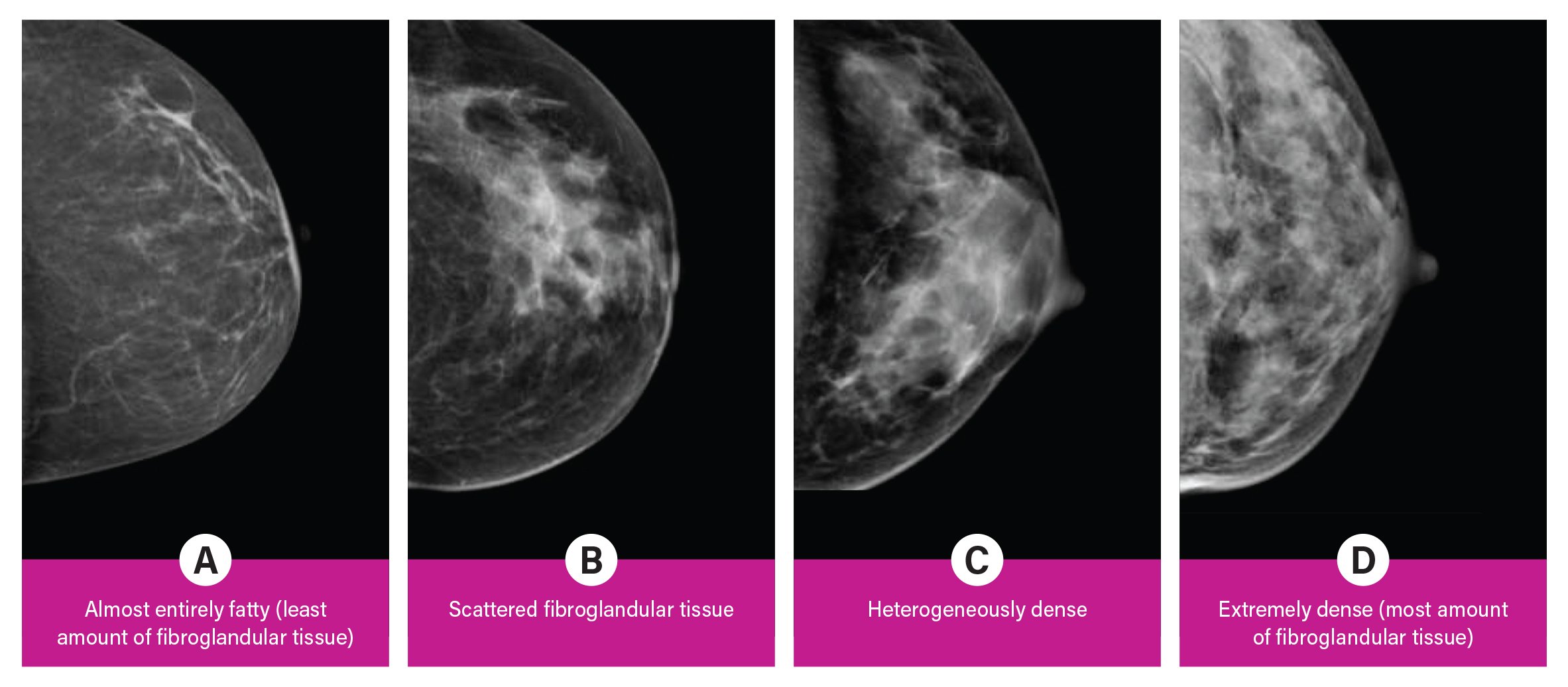 Breast Density Explained Imaging Technology News
Breast Density Explained Imaging Technology News
How To Decrease Breast Density To Reduce Breast Cancer Risk Mammalive Foundation

No comments:
Post a Comment